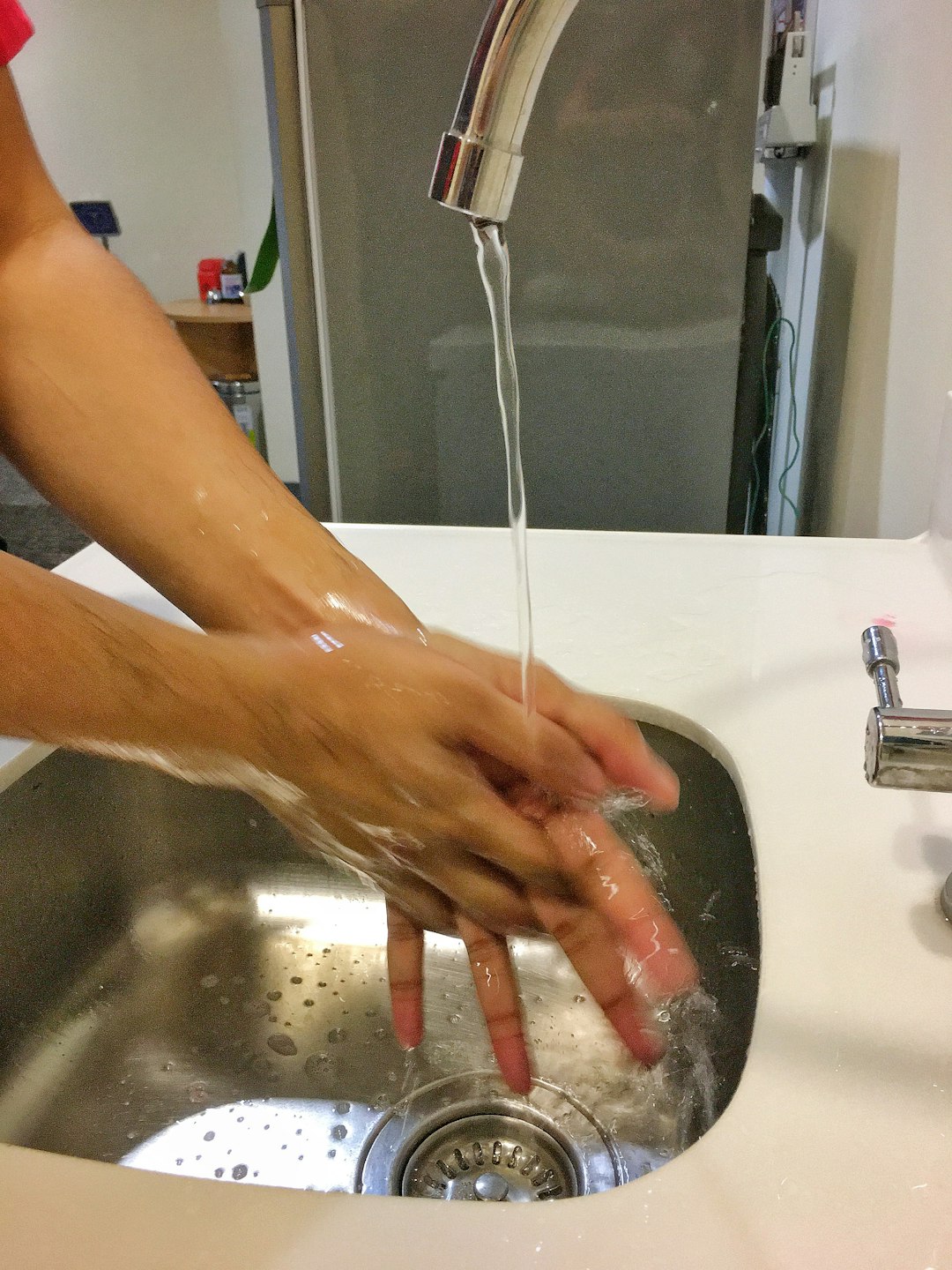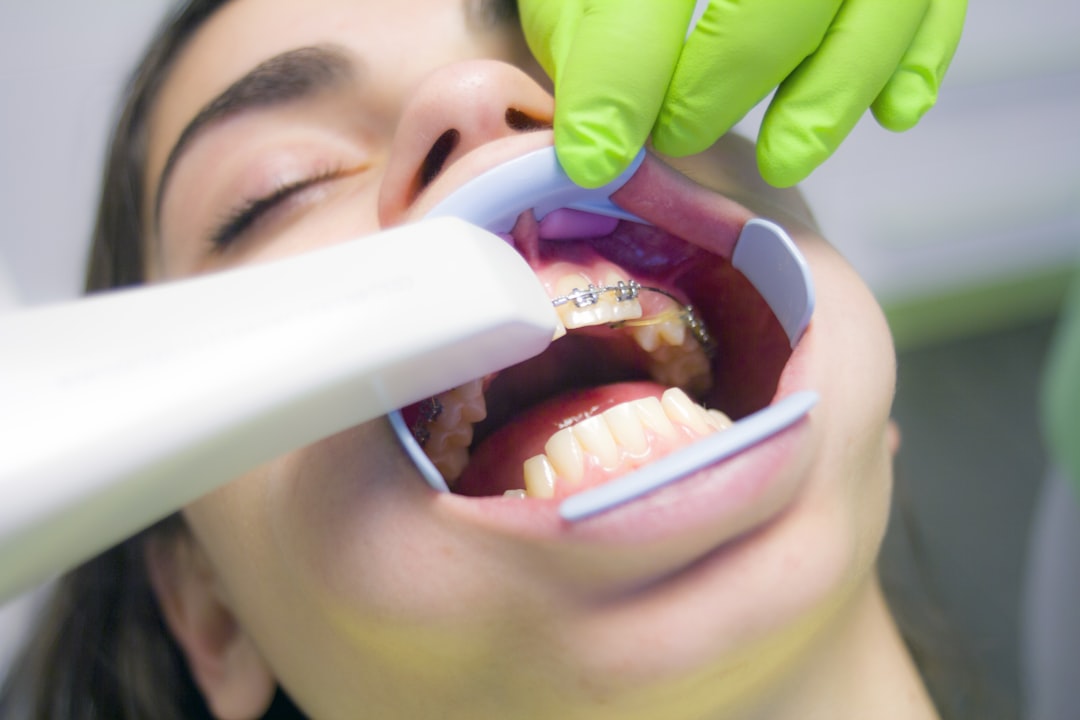If You Read One Article About , Read This One

Construction sites are known to be breeding grounds for potential health hazards, including the spread of infectious diseases. With the constant flow of workers, equipment, and materials, it’s crucial to prioritize infection control measures to ensure the safety of everyone involved. In this article, we will discuss effective strategies to improve infection control in the construction industry.
Maintaining a Clean and Sanitized Environment
A clean and sanitized environment is the first line of defense against the spread of infectious diseases. By incorporating the following practices, you can significantly reduce the risk of infections:
1. Regular Cleaning and Disinfection:
Implement a routine cleaning schedule to remove dirt, dust, and debris from all surfaces. Pay special attention to high-touch areas such as doorknobs, handrails, and shared equipment. Use appropriate disinfectants to kill bacteria and viruses effectively.
2. Adequate Waste Management:
Proper waste disposal is crucial to prevent the accumulation of infectious materials. Provide designated containers for different types of waste, such as hazardous materials and biomedical waste. Ensure these containers are regularly emptied and properly sealed.
3. Ventilation Systems:
Well-designed ventilation systems help improve air quality by reducing the concentration of airborne pathogens. Ensure that your construction site’s ventilation system is regularly maintained and provides adequate fresh air exchange.
Implementing Hygiene Practices
Promoting good hygiene practices among workers is essential to prevent the spread of infections. Here are some key measures you can implement:
1. Hand Hygiene:
Encourage frequent handwashing with soap and water for at least 20 seconds. Provide handwashing stations or hand sanitizers at convenient locations throughout the construction site. Remind workers to wash their hands before and after performing any tasks.
2. Respiratory Etiquette:
Educate workers about the importance of covering their mouths and noses with a tissue or the inside of their elbows when coughing or sneezing. Discourage workers from spitting on construction sites to minimize the risk of airborne contaminants.
3. Personal Protective Equipment (PPE):
Depending on the nature of the construction work, provide appropriate PPE, such as gloves, masks, and goggles. Train workers on how to properly wear, remove, and dispose of PPE to ensure maximum protection and minimize cross-contamination.
Managing Worker Health
Ensuring the health and well-being of your workforce is a crucial aspect of infection control. Implement the following measures to effectively manage worker health:
1. Health Screenings:
Before entering the construction site, conduct daily health screenings to check for symptoms of illness or possible exposure to infectious diseases. This can include temperature checks and questionnaires to identify any potential risks.
2. Vaccination Campaigns:
Strengthen your infection control efforts by promoting vaccination campaigns among construction workers. Encourage workers to get vaccinated against common infectious diseases like influenza and hepatitis.
3. Sick Leave Policies:
Establish flexible sick leave policies that encourage workers to stay home when they are unwell. Encourage workers to report any symptoms of illness promptly and provide them with the necessary support to seek medical attention when needed.
Promoting Awareness and Education
Education plays a pivotal role in improving infection control practices within the construction industry. Consider the following strategies to promote awareness and education among workers:
1. Training Programs:
Organize regular training sessions to educate workers about infection control practices specific to construction sites. Cover topics such as hand hygiene, proper use of PPE, and waste management. Make these sessions interactive and provide opportunities for questions and discussions.
2. Informational Posters:
Display informative posters throughout the construction site to reinforce key infection control messages. Utilize visuals and easy-to-understand language to communicate important concepts effectively.
3. Communication Channels:
Establish effective communication channels to disseminate up-to-date information about infectious diseases, new protocols, and any changes in infection control practices. Utilize newsletters, emails, notice boards, or dedicated apps to ensure everyone receives the necessary information.
By implementing these strategies, you can significantly reduce the risk of infectious diseases within the construction industry. Prioritizing infection control not only protects the health and well-being of workers but also contributes to the overall success and efficiency of construction projects.
How to Achieve Maximum Success with
Short Course on – What You Should Know
Read FullRead Full Factors to Consider When Selecting an Aluminum Fences installer
Factors to Consider When Selecting an Aluminum Fences installer
 Your Tips in Finding a Body Sugaring Service
Your Tips in Finding a Body Sugaring Service Things to Consider When Planning for the Best Deep Sea Fishing Trip
Things to Consider When Planning for the Best Deep Sea Fishing Trip Commercial Painting: Transforming Your Business Space
Commercial Painting: Transforming Your Business Space How to Select the Right Addiction Therapy for a Loved One
How to Select the Right Addiction Therapy for a Loved One Tips for choosing the best project mediation experts
Tips for choosing the best project mediation experts